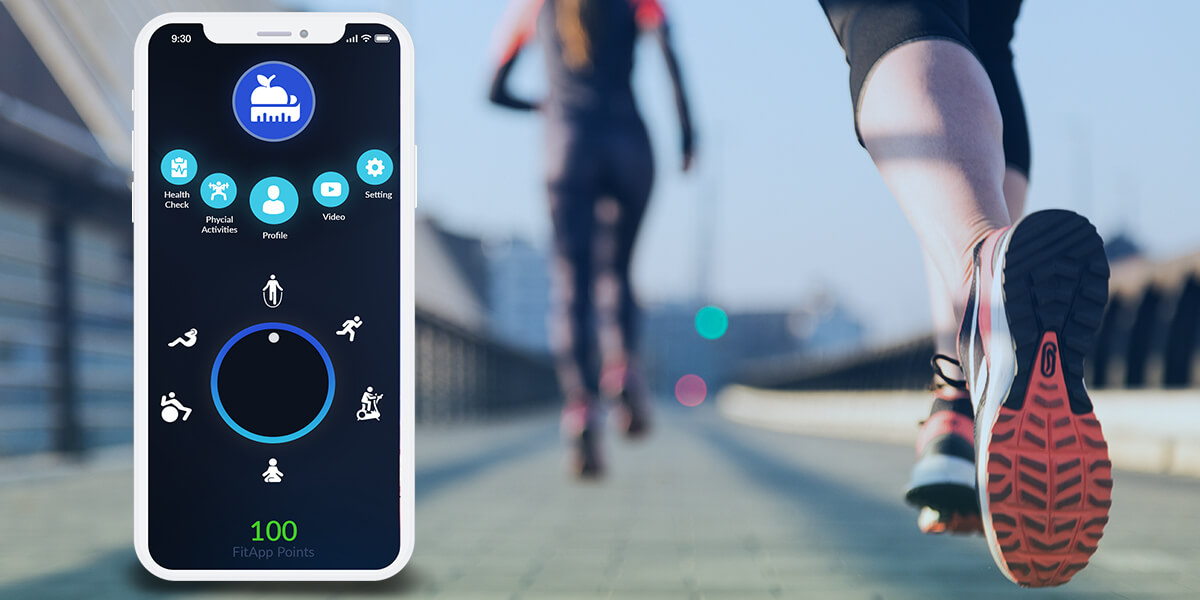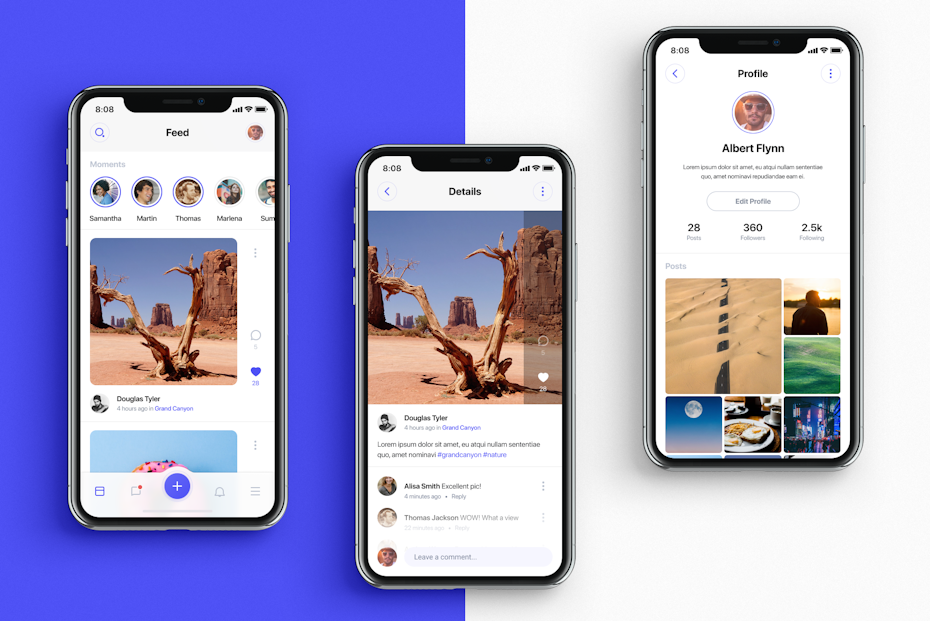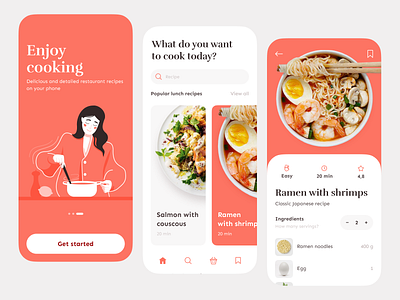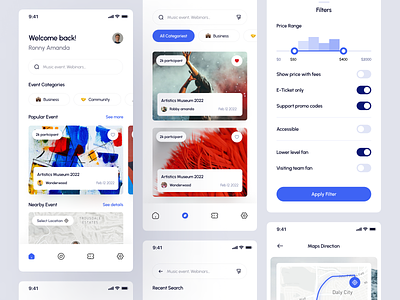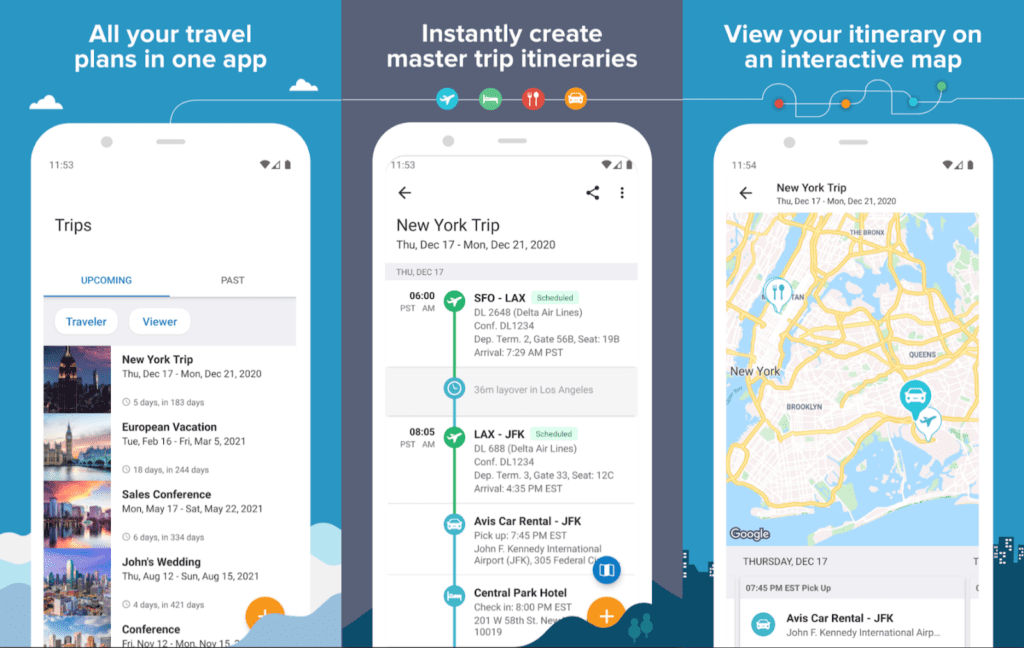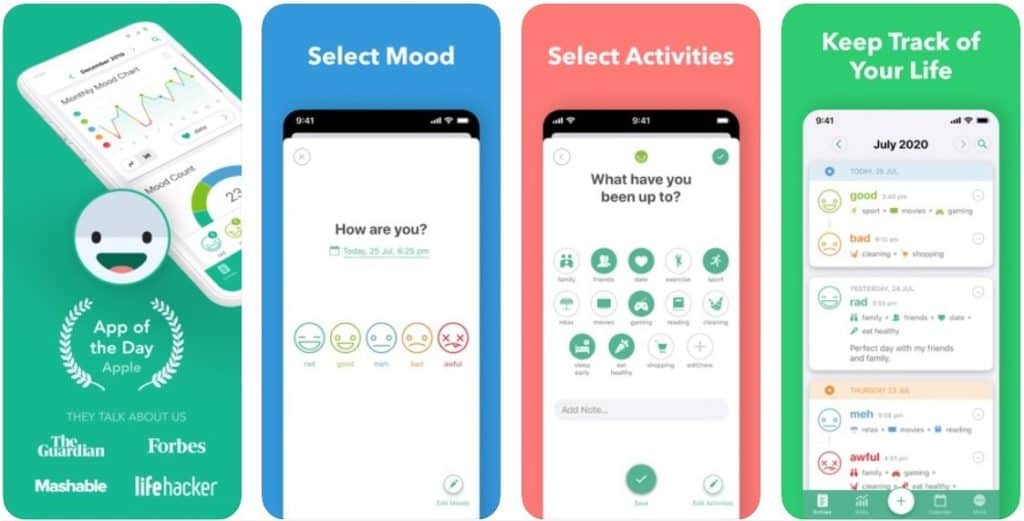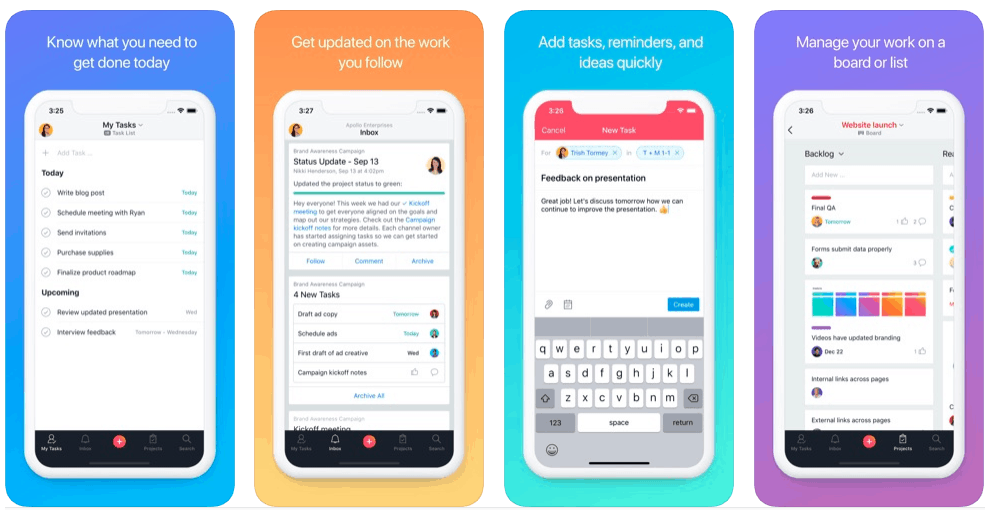Top 10 App ideas
1. Fitness tracker app
Personalized fitness plans: The app could provide users with customized workout and meal plans based on their fitness goals, preferences, and fitness level.
Activity tracking: Users can track their daily activity, such as steps, distance, calories burned, and active minutes, using the app's built-in pedometer and GPS tracking.
Workout tracking: Users can log their workouts and track their progress over time, including sets, reps, and weights lifted. The app could also provide visual representations of their progress, such as charts and graphs.
Meal tracking: The app could include a food diary where users can log their meals and track their macronutrient and calorie intake.
Community support: Users can connect with friends and other app users for motivation and support, and share their progress on social media.
Integration with wearables: The app could integrate with popular fitness trackers and smartwatches to provide more accurate activity and workout tracking.
Personalized recommendations: Based on the user's progress and preferences, the app could provide personalized recommendations for workouts, meals, and other lifestyle changes to help them reach their goals.
Gamification: The app could include gamification elements, such as badges, rewards, and challenges, to make fitness more fun and engaging.
Personalized learning: The app could provide personalized learning paths and adapt the content to the user's learning style and pace.
Gamification: The app could include gamification elements, such as badges, rewards, and leaderboards, to motivate and engage users.
Interactive content: The app could provide interactive content such as animations, videos, quizzes, and games to help users learn and retain information.
Progress tracking: The app could include features that allow users to track their progress, such as quizzes and assessments, and provide feedback and recommendations based on their performance.
Social learning: The app could include features that allow users to connect with other learners and collaborate on projects or share their progress.
Augmented and Virtual Reality: The app could incorporate AR/VR technology to create immersive and interactive learning experiences, such as virtual field trips or simulations.
Language support: The app could support multiple languages, including voice recognition and translation features, to cater to a global audience.
Accessible design: The app could be designed to be accessible to users with different abilities, such as text-to-speech, audio descriptions, and customizable font sizes.
Offline access: The app could include offline access to learning materials to allow users to learn even when they are not connected to the internet.
Personalized News Feed: Create a social media app that offers a personalized news feed based on user preferences, interests, and location. The app could use machine learning algorithms to learn about users' preferences and show them relevant content.
Anonymous Social Network: Create a social network that allows users to post and engage with content anonymously. This could be a platform for people to share their thoughts and feelings without fear of judgment or backlash.
Local Community Network: Develop a social media app that connects people in local communities. Users could join groups based on their location, hobbies, or interests and engage with others in their area. This could help to foster a sense of community and provide a platform for local businesses to promote themselves.
Virtual Event Platform: Create a social media app that allows users to host and attend virtual events. This could include everything from virtual concerts to online conferences, providing a platform for people to connect and engage with others from around the world.
Social Learning Platform: Develop a social media app that combines social networking with online learning. Users could connect with others who share their interests and participate in courses, workshops, and other educational content. This could be a great platform for people to learn new skills, share their knowledge, and connect with like-minded individuals.
Interactive Conversational Practice: Create an app that allows users to practice their language skills by engaging in interactive conversation with native speakers. The app could use artificial intelligence to simulate realistic conversations and provide instant feedback on pronunciation and grammar.
Vocabulary Builder: Develop an app that helps users to build their vocabulary in a foreign language. The app could include flashcards, quizzes, and interactive games to help users memorize and learn new words.
Cultural Immersion: Create an app that allows users to immerse themselves in the culture of the language they are learning. The app could include videos, audio clips, and other multimedia content that provides insight into the language and culture of the target language.
Grammar Tutor: Develop an app that provides users with personalized grammar tutoring. The app could use artificial intelligence to identify areas where users are struggling and provide customized lessons and exercises to help them improve.
Language Exchange: Create an app that connects users with native speakers who are interested in language exchange. The app could allow users to connect with others who are learning the same language and offer a platform for them to practice speaking and listening skills. This could be a great way for users to connect with others from around the world while improving their language skills.
Personalized Recipe Suggestions: Create an app that suggests recipes based on the user's dietary preferences, cooking skill level, and available ingredients. The app could also use machine learning algorithms to learn from the user's previous recipe searches and suggest recipes that match their taste and preferences.
Grocery List Generator: Develop an app that generates a grocery list based on the recipes the user has selected. The app could also allow the user to add or remove items from the list and provide them with the estimated cost of the ingredients.
Recipe Sharing Platform: Create an app that allows users to share their own recipes with others in the community. The app could include a social networking feature that allows users to connect with other home cooks, rate and comment on recipes, and share cooking tips and tricks.
Step-by-Step Cooking Tutorials: Develop an app that provides users with step-by-step cooking tutorials for each recipe. The app could include videos, images, and written instructions that guide users through each stage of the cooking process.
Recipe Adaptation Tool: Create an app that allows users to adapt recipes to their dietary needs or ingredient availability. The app could suggest alternative ingredients, offer substitution ideas, and provide nutritional information for each recipe.
Budget Tracker: Create an app that helps users to track their income and expenses. The app could provide visual representations of spending patterns and allow users to set up alerts when they approach their budget limits.
Bill Payment Reminder: Develop an app that reminds users when their bills are due. The app could allow users to set up automatic payments, receive alerts when bills are due, and provide a summary of all bills that need to be paid.
Investment Portfolio Tracker: Create an app that allows users to track their investments. The app could provide real-time updates on the performance of the user's investments, including stocks, bonds, and mutual funds.
Savings Goal Planner: Develop an app that helps users to set and achieve their savings goals. The app could allow users to set savings targets, track progress, and provide advice on how to achieve their goals faster.
Financial Education Resource: Create an app that provides users with resources and educational materials to help them improve their financial literacy. The app could include articles, videos, and interactive tools that teach users about financial planning, budgeting, investing, and more.
Interactive Networking: Create an app that allows attendees to network and connect with one another. The app could include features such as virtual meetups, video chats, and group discussions to facilitate connections between attendees.
Virtual Exhibitions: Develop an app that allows attendees to explore virtual exhibitions and showcases. The app could include interactive displays, product demos, and video tours that simulate the experience of visiting a physical exhibition.
Live Streaming: Create an app that allows attendees to live stream events and presentations. The app could provide a schedule of upcoming events, allow attendees to bookmark their favorite sessions, and provide real-time access to presentations and keynotes.
Gamification: Develop an app that adds a gaming element to virtual events. The app could include interactive games and challenges that encourage engagement and participation from attendees.
Personalized Agenda Builder: Create an app that allows attendees to build personalized agendas for the event. The app could provide a schedule of events and sessions, allow attendees to bookmark their favorite sessions, and provide reminders before the sessions start. The app could also recommend relevant sessions based on the attendee's interests and behavior.
Destination Recommendations: Create an app that recommends destinations based on the user's preferences, interests, and budget. The app could provide a list of top-rated destinations, suggest activities and attractions, and allow users to filter destinations based on factors such as climate, culture, and food.
Itinerary Builder: Develop an app that allows users to build custom itineraries for their trips. The app could provide a list of popular attractions and activities, allow users to select and schedule them on a calendar, and provide recommendations for restaurants and hotels in the area.
Travel Expense Tracker: Create an app that helps users to track their travel expenses. The app could provide a budget planner, allow users to enter their expenses as they occur, and provide real-time updates on their spending.
Flight and Hotel Booking: Develop an app that allows users to book flights and hotels directly from the app. The app could provide real-time updates on availability and prices, allow users to compare prices and reviews, and offer exclusive deals and discounts.
Travel Guides and Tips: Create an app that provides users with travel guides and tips for various destinations. The app could include information on local customs, transportation, safety, and health, as well as insider tips on how to save money and make the most of their trip.
Mood tracker: Allow users to track their daily mood, including rating it on a scale of 1-10 and recording any specific emotions they may be feeling.
Sleep tracker: Enable users to track their sleep patterns, including the number of hours slept, sleep quality, and any disruptions they experienced during the night.
Exercise tracker: Allow users to track their exercise routine, including the type of exercise they performed, the duration, and the intensity level.
Food and nutrition tracker: Enable users to track their food intake, including the types of food consumed, portion sizes, and nutritional information.
Medication tracker: Allow users to track their medication intake, including the name of the medication, the dosage, and the frequency of use.
Stress level tracker: Enable users to track their stress levels throughout the day, including any factors that may have contributed to their stress.
Journaling feature: Allow users to write down their thoughts and feelings, providing them with an outlet for self-expression and reflection.
Resource library: Provide users with a library of mental health resources, including articles, podcasts, videos, and books.
Reminders and notifications: Send users reminders and notifications to take medication, exercise, or engage in other self-care activities.
Data visualization: Present users with easy-to-understand visualizations of their data, enabling them to identify patterns and trends in their mental health over time.
Kanban board: Develop a task management app that uses the Kanban board methodology. This method breaks tasks down into three categories: "To Do," "In Progress," and "Done." Users can drag and drop tasks between these categories as they progress.
Calendar integration: Integrate a calendar feature into your task management app so users can set deadlines and reminders for their tasks.
Collaboration: Allow users to collaborate on tasks with others. This could include assigning tasks to team members, adding comments to tasks, and sharing files related to the task.
Progress tracking: Develop a system that allows users to track their progress on a task. This could include the ability to set milestones or checkpoints to ensure they are staying on track.
Time tracking: Build in a time tracking feature that allows users to track the time they spend on each task. This could help them identify which tasks are taking longer than expected.
Prioritization: Allow users to prioritize their tasks by assigning them a priority level. This could help them focus on the most important tasks first.
Customizable categories: Give users the ability to create their own categories for tasks. This could help them organize their tasks in a way that makes the most sense for their workflow.
Analytics: Provide users with analytics that show how much time they spend on each task, how many tasks they complete each day, and other useful metrics.
Gamification: Add a gamification feature to your task management app to encourage users to complete their tasks. This could include awarding points or badges for completing tasks on time.
Integration with other tools: Allow users to integrate your task management app with other tools they use, such as project management software or email clients.

